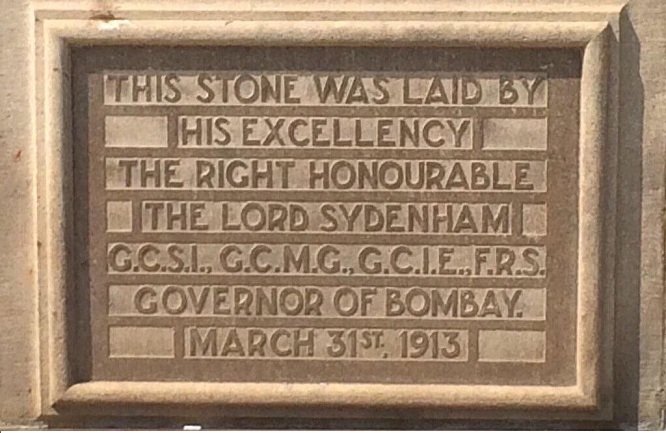ON THIS DAY

on this day 4th december 1924
The Gateway of India is an arch-monument built in the early 20th century in the city of Mumbai India.
The foundation stone was laid in March 1913 for a monument built in the Indo- Saracenic style, incorporating elements of 16th-century Gujarati architecture. The final design of the monument by architect George witter was sanctioned only in 1914, and construction was completed in 1924. The structure is a triumphal arch made of basalt , which is 26 metres (85 feet) high.
After its construction the gateway was used as a symbolic ceremonial entrance to India for important colonial personnel. The gateway is also the monument from where the last British troops left India in 1948, following Indian independence. It is located on the waterfront at an angle, opposite the Famous TAJ hotel and overlooks the sea Today, the monument is synonymous with the city of Mumbai, and is among st
its prime tourist attractions. The gateway is also a gathering spot for locals, street vendors, and photographers soliciting services. It holds significance for the local Jewish community as it has been the spot for Hanukkah celebrations, with the lighting of the menorah , since 2003. There are five jetties located at the gateway, of which two are used for commercial ferry operations.
The gateway was built to commemorate the arrival of George V, Emperor of India and Mary of Teck, Empress consort, in India at Apollo Bunder, Mumbai (then Bombay) on 2 December 1911 prior to the Delhi durbar 1911; it was the first visit of a British monarch to India. However, they only got to see a cardboard model of the monument, as construction did not begin until 1915.The foundation stone for the gateway was laid on 31 March 1913 by then governor of Bombay, George Sydenham Clarke with the final design of George witter for the gateway sanctioned in August 1914. Before the gateway’s construction, Apollo Bunder used to serve a native fishing ground. Between 1915 and 1919 work continued at the Apollo Bunder to reclaim the land on which the gateway was to be built, along with the construction of a sea wall. Gammon India had undertaken construction work for the gateway.Its foundations were completed in 1920 while construction was finished in 1924.
The gateway was opened to the public on 4 December 1924.
Following Indian independence, the last British troops to leave India, the First Battalion of the Somerset light infantry, passed through the gateway with a 21-gun salute, as part of a ceremony on 28 February 1948, signalling the end of the British Raj.
DISCLAIMER: The author is solely responsible for the views expressed in this article. The author carries the responsibility for citing and/or licensing of images utilized within the text.
